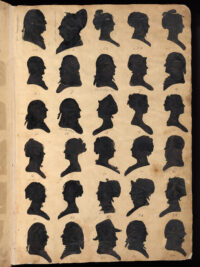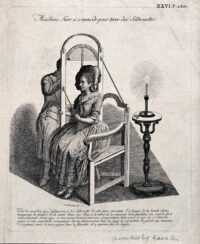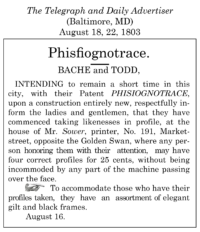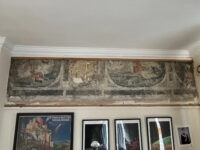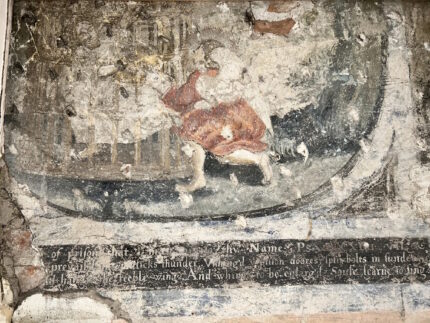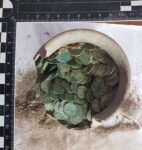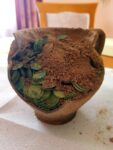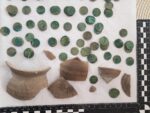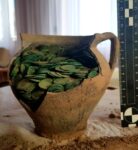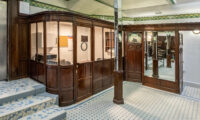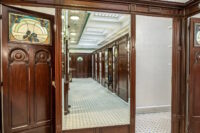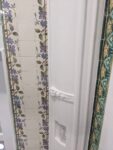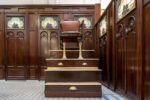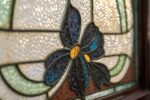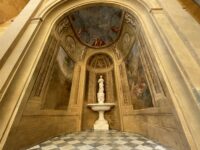
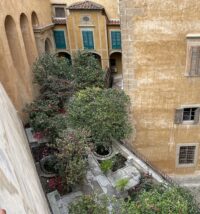 A secret garden within the grand park of Florence’s Boboli Gardens has opened to the public for the first time since it was created in the middle of the 17th century. The Garden of the Camelias was reserved for the personal use of the Medici grand ducal family, so even though it was built under the towering ramparts and walls that separate the Palazzo Pitti courtyard from the park, it was designed to keep it safe from prying eyes.
A secret garden within the grand park of Florence’s Boboli Gardens has opened to the public for the first time since it was created in the middle of the 17th century. The Garden of the Camelias was reserved for the personal use of the Medici grand ducal family, so even though it was built under the towering ramparts and walls that separate the Palazzo Pitti courtyard from the park, it was designed to keep it safe from prying eyes.
Built in the mid-17th century for Mattias de’ Medici, third son of Grand Duke Cosimo II and governor of Siena, the garden was directly connected to Mattias’ apartments in Palazzo Pitti. He had it filled with exotic plants, rare citrus fruits and water features. An artificial arched cave near the entrance blocked the view into the secret garden. Rumor has it he enjoyed cavorting with his lovers there, hence the deliberate effort to keep the section closest to his apartments out of view.
In 1688, Mattias’ grand-nephew Ferdinand, Grand Prince of Tuscany, restructured the garden to celebrate his wedding to Violante of Bavaria. The grottos, frescoes, pathways and overall look of the garden today springs from Ferdinand’s redesign. The fine collection of camelias that give it its name was added in the 19th century.
Over the centuries, the garden fell into disrepair. Drainage issues caused major structural damage, to the point where it subject to landslides and walls were falling apart. It was so dangerous opening it to the public was out of the question. In 2021, the funding was secured to embark on a complex restoration of the architecture, structure, frescoed surfaces, sculptures, water features and landscaping.

 The first section goes from the entry into a stone walk-through grotto built with stones of various sizes meant to simulate a natural cave. This section is in direct contact with the public Boboli Gardens. The second section is the private garden on the other side of the grotto. A path bordered by flowers, shrubs and planters full of flowers leads into the Lorraine Grotto, frescoed in 1819 and centered around a statue of Hygieia. The water features have now been enhanced with new lighting to illuminate the frescoed vault.
The first section goes from the entry into a stone walk-through grotto built with stones of various sizes meant to simulate a natural cave. This section is in direct contact with the public Boboli Gardens. The second section is the private garden on the other side of the grotto. A path bordered by flowers, shrubs and planters full of flowers leads into the Lorraine Grotto, frescoed in 1819 and centered around a statue of Hygieia. The water features have now been enhanced with new lighting to illuminate the frescoed vault.
The garden is small and delicate, so visitors will only be allowed 15 people at a time and only with guided tours.
This playlist of short video clips gives a lovely walkthrough of springtime in the Garden of the Camelias.
